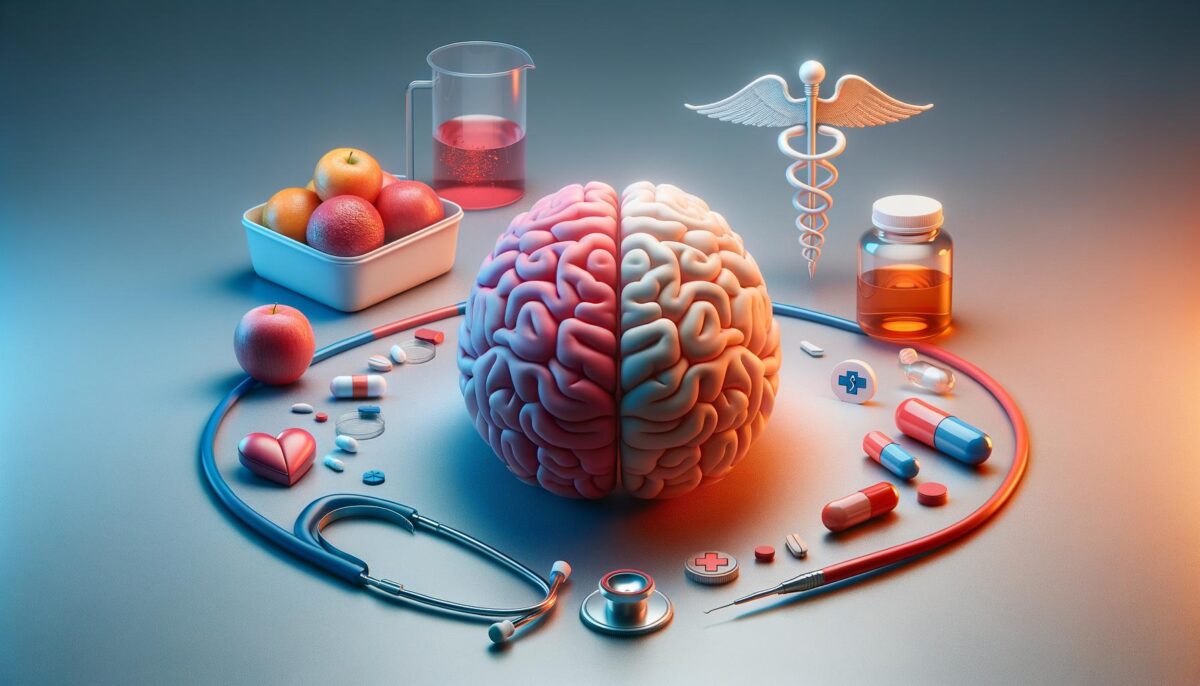Understanding Stroke and Its Symptoms
Stroke is a significant health concern and can have a profound impact on an individual’s life. Recognizing stroke symptoms promptly can significantly improve treatment outcomes. Strokes often present with sudden numbness or weakness, particularly on one side of the body, confusion, trouble speaking, or difficulty understanding speech. Prominent symptoms also include vision problems in one or both eyes, trouble walking, dizziness, and loss of balance or coordination. An immediate response to these stroke symptoms can be life-saving. The faster a person gets to the hospital emergency room, the better the chances of reducing stroke-related disabilities. Healthcare professionals emphasize the importance of early detection and swift action to mitigate the detrimental effects strokes have on neurological health.
Key Treatment Phases for Stroke Patients
After recognizing stroke symptoms and subsequent hospital admission, treatment focuses on restoring normal blood flow to the brain. For ischemic strokes, the most common form of stroke, drugs that dissolve clots, such as tissue plasminogen activator (tPA), may be administered within a specific time frame post-stroke onset. Doctors might also consider endovascular procedures to remove clots directly from the brain. Hemorrhagic strokes, caused by bleeding in the brain, often require different interventions. These may include surgical procedures to alleviate pressure or stop the bleeding. Cardiovascular diseases significantly influence the type of treatment chosen, as ongoing management of blood pressure and cholesterol is essential for reducing risks of future strokes.
The Role of Post-Stroke Rehabilitation
Once the initial crisis is managed, ongoing stroke rehabilitation is pivotal for recovery. Stroke rehabilitation involves different therapies that target improving daily living skills and speech. Physical therapy focuses on regaining strength and coordination, whereas occupational therapy helps with relearning daily activities. Speech therapy is particularly critical for individuals who struggle with language and communication post-stroke. The goal of stroke rehabilitation is to restore as much function as possible and help individuals become more independent. It’s crucial for patients and their caregivers to understand that rehabilitation is an ongoing process requiring persistent and dedicated effort.
Comprehensive Support for Recovery
Recovery from a stroke involves a comprehensive support system, encompassing medical professionals, supportive devices, and family involvement. Support plans often include:
- Regular medical check-ups and medication management for related cardiovascular diseases.
- Customizable rehabilitation programs tailored to the individual’s needs.
- Family and caregiver education to provide adequate home care and support.
These support systems work together to foster an environment that aids recovery and prevents stroke recurrence. Moreover, stroke rehabilitation experts stress that emotional and psychological support play a crucial role during this journey, making mental health services an integral part of treatment plans.
Prevention and Long-Term Lifestyle Changes
Preventing future strokes and managing overall health requires significant lifestyle changes. These changes may include adopting a healthy diet, maintaining an active lifestyle, and consistently monitoring health metrics like blood pressure and cholesterol. Education on cardiovascular diseases and their management is essential as it significantly reduces the risk factors associated with strokes. Engaging in regular exercise and having a heart-healthy diet rich in fruits, vegetables, whole grains, and lean proteins are universally recommended practices. Additionally, quitting smoking and moderating alcohol consumption can further enhance long-term health outcomes and reduce the likelihood of recurrent stroke episodes.
Conclusion
Addressing stroke effectively involves understanding the critical nature of stroke symptoms and getting prompt treatment. Stroke rehabilitation, paired with comprehensive medical and emotional support, can significantly enhance recovery, enabling individuals to reclaim independence. Long-term health management, including lifestyle modifications and regular medical evaluations, contribute to reducing further stroke risks. By taking a proactive approach, patients and caregivers can navigate through recovery with informed and supportive strategies that enhance quality of life and long-term well-being.
